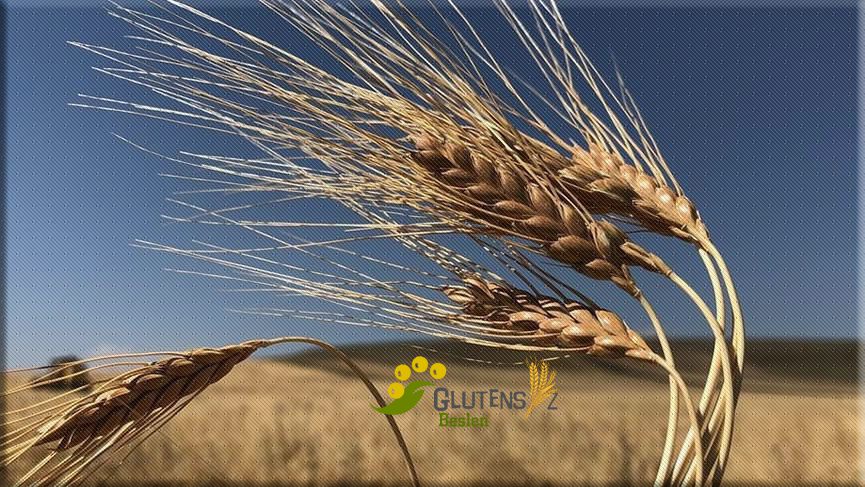Kavılca wheat is of great importance especially because it can adapt to cold regions where winters are harsh. It also provides high performance in terms of efficiency. It is cultivated around Kars in our country. Kavılca is an example of emmer group wheat. Emmer group wheats are cultivated in some parts of Russia today, but extend to Ethiopia. The history of the B.C. It is estimated to date back to 10,000-4000 (Bronze Age) years. It is known as “farro” in Italy. In France, India, Turkey, Yugoslavia and Italy, the cultivation areas are growing.
Nutritional Value and Benefits of Kavilca Wheat
Kavılca creates a feeling of satiety compared to many other types of wheat. Of course, this is due to the amount of fiber. Fiber is also known to be effective against bowel cancer, especially in regular consumption. It is a food rich in soluble and insoluble fiber. Another feature of fiber is that it balances blood sugar and lowers cholesterol. Although conventional wheat contains a lot of gluten, it is low in poplar. The fact that gluten can cause structural deterioration, especially in the small intestine, suggests that its consumption should be limited. Kavılca is in front of us as an important wheat variety in order to prevent medical complications caused by gluten.
Kavılca has low carbohydrate value and high protein value. It contains vitamins B1 and B6. It strengthens the immune system, provides intestinal regulation, is effective against cardiovascular diseases. It prevents anemia as it contains plenty of iron.

Kavılca Wheat Agriculture in Our Country
The most cultivated heirlooms in our country are as follows;
Zerun, White Wheat, Red Wheat, Yellow Wheat, Karakılçık, Kırik, Siyez, Big Wheat, Toptaş
Kavılca is a close relative of einkorn and is an ancient type of wheat. It is also called Kablıca or wild wheat on the Kars side. It is a wheat that can be grown at high altitude. It is also resistant to temperature differences. There are 2 reasons that provide resistance against cold to Kavılca wheat. The first is that the number of shells surrounding the seed is high. The second is the thickening of the forks in the spike. Kavılca is resistant to diseases and pests due to its natural structure. This is because it has existed for thousands of years. It is grown in areas where modern wheat species cannot grow. For example, Kars region is generally mountainous and has a high altitude. Recently, it has been cultivated in Kastamonu.
Usage Areas of Kavılca Wheat
Kavılca wheat has recently been widely preferred in bakery products with its protein, high fiber and phytochemicals. The fact that the protein ratio is at the level of 17% has increased its importance. For consumer groups oriented towards health and functional consumption, the most important triticum type is wheat. Kavılca is a wheat with high gliadin. Today it is used in bread. It provides a pleasant smell, softness and volume to the bread.
Compared to white flour, the swelling value is 3 times lower when used alone. The reason for this is estimated that the gluten in the kavel is scattered and less.
Kavılca consumption areas are as follows;
- Kavilca Bread
- Kavilca Bulgur
- Kavilca Flour
- Kavilca Noodles
- Kavilca Paste
- Kavilca Pasta



